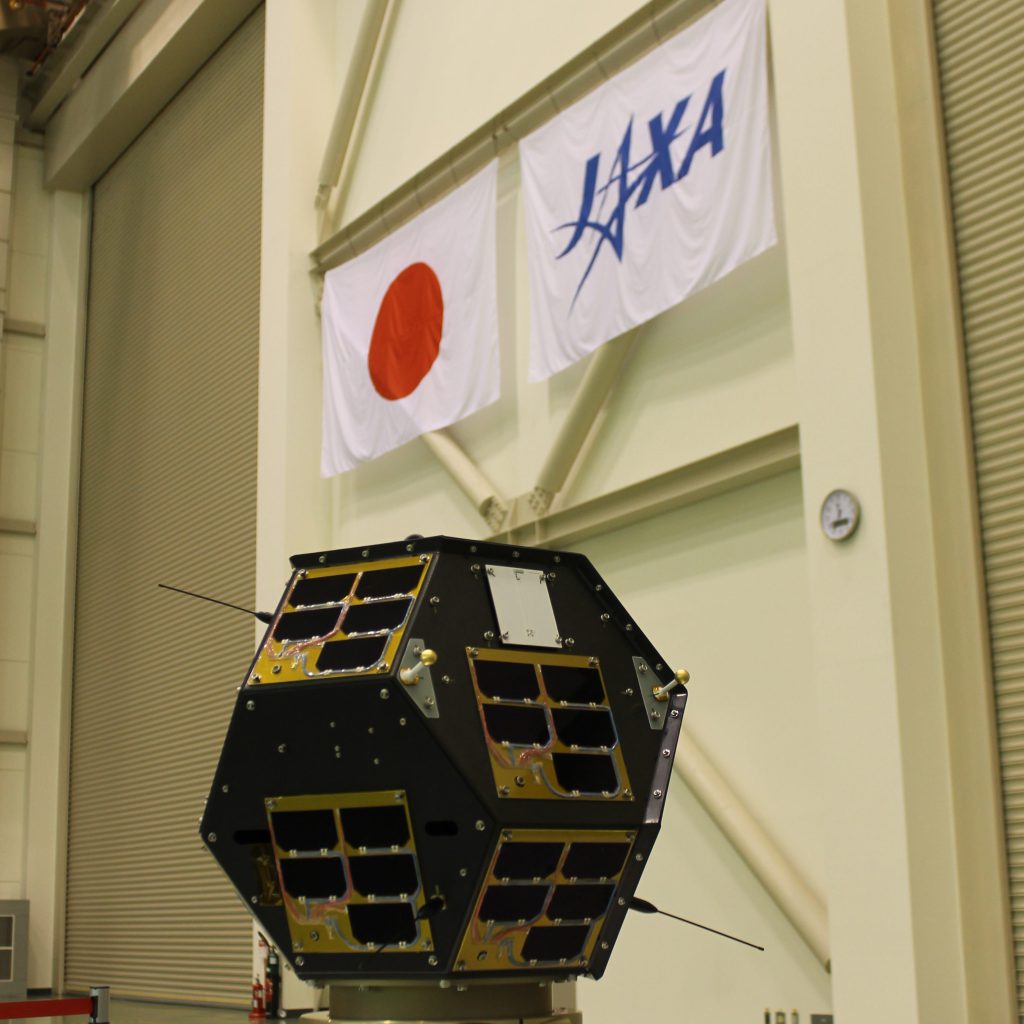Earth low earth orbit environment observation satellite “Ten-Koh”
“Ten-Koh” is a microsatellite whose main purpose is to observe various environments in low Earth orbit and to provide useful data for the development of next-generation satellites and the spacecraft currently in operation.
It was launched as a secondary payload (shared ride) of JAXA’s greenhouse gas observation satellite “GOSAT-2 (IBUKI No. 2)” and the Dubai government’s observation satellite KhalifaSat from the Tanegashima Space Center at 13:08 on October 29, 2018.
I. Purpose and goals
(1) OBSERVATION OF LOW EARTH ORBIT ENVIRONMENT AND IMMEDIATE ACCESS OF INFORMATION
In recent years, with the development of small satellites by universities and other research institutes becoming more active, malfunctions often occur in low Earth orbit below 2000 km altitude. Many of these failures are said to be caused by space radiation of various energy levels from the Sun and other sources.
In order to prevent these problems, the “Ten-Koh” measured various space environments in low Earth orbit in real time and make the information available to the public immediately.
(2) OBSERVATION OF DEGRADATION OF ADVANCED MATERIAL IN THE SPACE ENVIRONMENT
One of the purposes of “Ten-Koh” involves measuring the degradation of advanced materials that support next-generation industrial products in the space environment, and this has attracted attention from various research organizations.
II. General Specifications
The experimental model is quasi-spherical in shape with a diameter of approximately 500 mm, and is surrounded by solar cells. The experimental machine consists of a structure, a thermal control unit, a satellite control unit, a communication unit, a bus system for the power supply unit and a mission unit.
Size: H465 x W500 x D500 mm or less, with a mass of approximately 22.3 kg.


